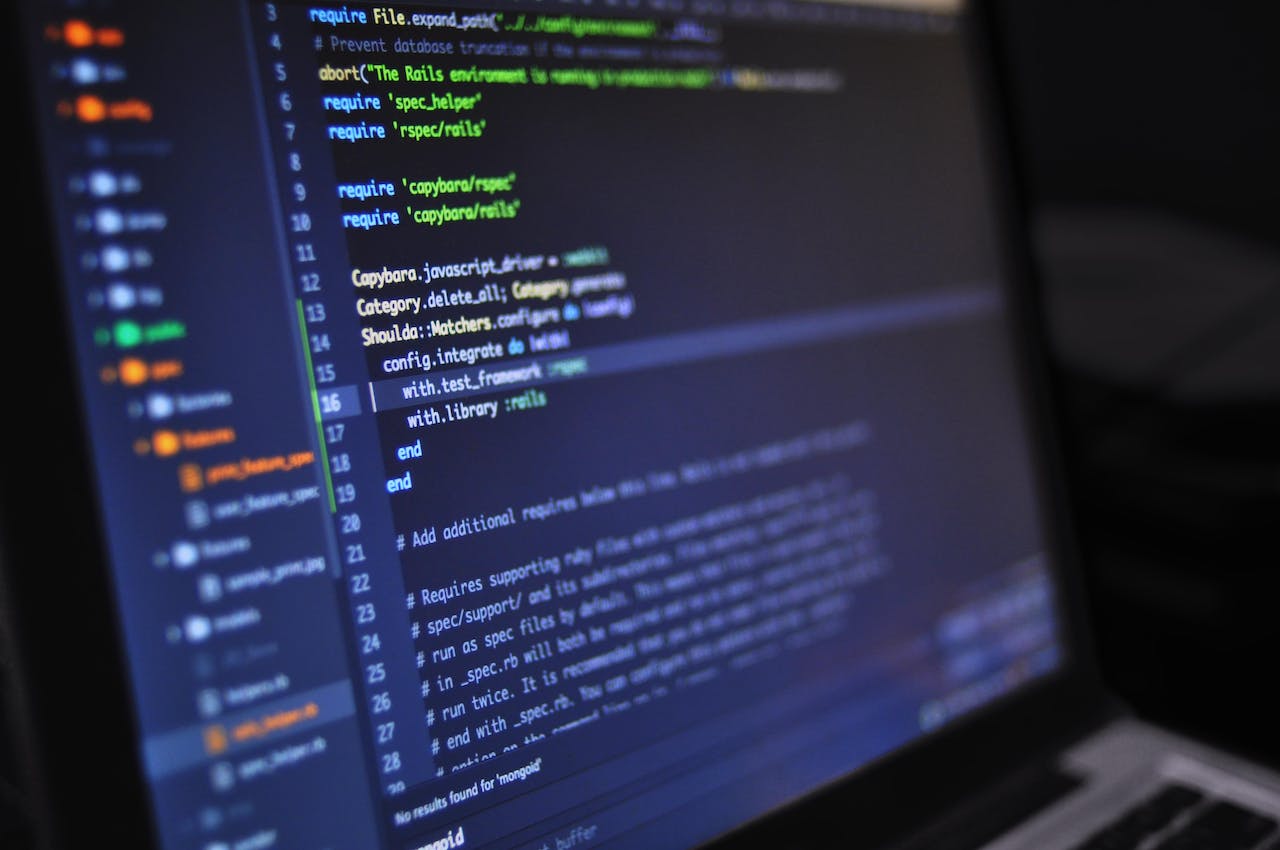Last update at :2024-06-20,Edit by888u
PHP7 has been out for a while. According to netizens’ practical tests, it is much more efficient than the previous version, and the opening speed will be significantly improved when applied to websites. However, not all CMS programs are compatible and supported. The current mainstream WordPress and other programs are relatively compatible. Other programs depend on actual use, including program and component plug-in support. If we are not yet convinced or it is not compatible, then use a version such as PHP5.6 for the time being.
Today Snail saw an article about installing LAMP in the Ubuntu environment. Of course, it includes compiling and installing the PHP7 version. It is a simple process of tossing and experiencing this environment. If it is actually applied to the project, it must be based on our actual situation. needs and skills to use.
Snail has previously shared LAMP’s environmental articles:
1. One-click installation of LNMP/LAMP/LNMPA website environment on CentOS/Debian/Ubuntu system
2. Complete configuration of CentOS6 installation LAMP (Apache/MySQL/PHP) environment building tutorial
First, Ubuntu installation PHP7 version LAMP preparation
apt-get update && sudo apt-get upgrade
Upgrade and update sources in the Ubuntu 16.04 system we installed.
Second, install and configure Apache in LAMP environment
1. Install Apache 2.4
apt-get install apache2 -y
Install Apache directly from the system repositories.
2. Modify apache2.conf configuration
/etc/apache2/apache2.conf
KeepAlive Off
Modify the parameter KeepAlive to Off
3. Modify mpm_prefork.conf configuration
/etc/apache2/mods-available/mpm_prefork.conf
Set parameters:
StartServers 2MinSpareServers 6MaxSpareServers 12MaxRequestWorkers 2MinSpareServers
4. Disable and enable modules
sudo a2dismod mpm_eventsudo a2enmod mpm_prefork
5. Restart Apache
sudo systemctl restart apache2
Third, configure the virtual host environment
1. Copy the default configuration file
sudo cp /etc/apache2/sites-available/000-default.conf /etc/apache2/sites-available/laozuo.org.conf
2. Modify the configuration file
/etc/apache2/sites-available/laozuo.org.conf
Here we need to compile the current site configuration file.
Require all grantedServerName laozuo.orgServerAlias www.laozuo.orgServerAdmin [email protected]DocumentRoot /var/www/html/laozuo.org/public_html
ErrorLog /var/www/html/laozuo.org/logs/error.logCustomLog /var/www/html/laozuo.org/logs/access.log combined
3. Create the required directories/files
sudo mkdir -p /var/www/html/laozuo.org/{public_html,logs}
4. Start the site
sudo a2ensite laozuo.org.conf
5. Disable default root directory configuration
sudo a2dissite 000-default.conf
6. Restart Apache
sudo systemctl reload apache2
Fourth, install the MYSQL database
1. Install database
sudo apt-get install mysql-server
During the installation process, you need to set the MYSQL database ROOT account password, enter it twice and press Enter.
2. Configure database security
mysql_secure_installation
According to the prompts, we need to clean up the default tables and set up database security. There are many documents that have been set up here before, you can refer to them.
Fifth, compile and install PHP7 with LAMP
Here is the key. For other similar settings, we may refer to previous articles. There are no articles on PHP7 compilation yet, so let’s learn together.
1. Install PHP7 and responsive extensions
sudo apt-get install php7.0 php-pear libapache2-mod-php7.0 php7.0-mysql
2. Installation component support
sudo apt-get install php7.0-curl php7.0-json php7.0-cgi
3. Configuration file/etc/php/7.0/apache2/php.ini
max_input_time = 30error_reporting = E_COMPILE_ERROR | E_RECOVERABLE_ERROR | E_ERROR | E_CORE_ERRORerror_log = /var/log/php/error.log
4. Create a log directory
sudo mkdir /var/log/phpsudo chown www-data /var/log/php
5. Restart Apache
sudo systemctl restart apache2
Sixth, test PHP7 environment support
So far we have created the LAMP environment. We can drop a probe PHPINFO in the domain name site directory bound above, and then detect whether the php7 version is supported.
Seventh, summary of installing PHP7 version LAMP on Ubuntu
1. If our skills are good and we like to mess around, we can use this method to install the environment. If we actually need it and use it urgently, we should use a more mature one-click package or panel.
2. Not all programs and components are currently compatible with PHP7, so we need to confirm support before using them.
Recommended site search: dynamic ip dialer, icp website registration, virtual host, registered domain name, server space rental, Singapore server, domain name service provider, domain name registration, overseas virtual host, domain name query network,








发表评论